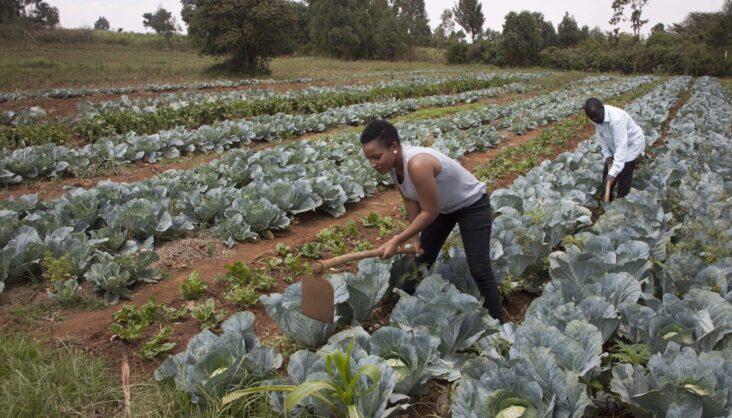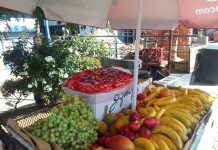Africa-Press – Lesotho. In this third part of our series, we look at the central role agriculture must and can have in achieving sustainable and profitable development across the continent.
By now, Africans should be tired of big talk and soundbites about the poverty, wealth, and potential of the continent. It is scandalous that Africa has the world’s highest prevalence of hungry people – 20% of its population – and the largest amount of uncultivated arable land in the world.
According to the World Bank and Food and Agriculture Organisation, Africa’s Guinea savanna alone has twice the land available for wheat production worldwide but only 10% percent of it is currently farmed. The paradox is intriguing, almost haunting when one juxtaposes this thought with a land of plenty.
But perhaps this is where the picture needs to be realigned – Africa is often referred to as the producer of natural resources such as cocoa, coffee, diamond, copper, petroleum and associated products, the list goes on.
But, producing or owning resources alone does not count – it is what one does with one’s production that matters, and how one turns potential into actuality. Strains on the system
A changing climate, desertification and land degradation and a demographic boom are putting these resources under massive stress, causing soil and water systems damage, lower crop and livestock productivity and biodiversity loss.
Related consequences range from the local – such as heavier farming workloads, especially for women – to wider national incidence of migration, conflict, and insecurity, with international repercussions.
Throw in COVID-19 and add plagues of locusts and the cocktail becomes a toxic brew. Land degradation and misuse are where the continent’s emissions will be the greatest.
Unless immediate remedial actions are taken to properly restore and manage land and forest ecosystems, the outlook is not bright. Land degradation continues as climate change and variability makes droughts and floods more frequent and severe.
At the same time, competition for land is intensifying, not just because of urbanisation, population growth and higher demand for food and energy. Among the primary factors are the policies and agricultural practices that influence land use and could enable a balanced green recovery or facilitate large-scale acquisition and elite land capture, sometimes involving community displacement.
Africa’s ability to plan its development will depend greatly on the future of agriculture and how it can convert current problems into opportunities. Unlocking agricultural potential not only hinges on getting the economy right, it is also about the ability to restore and regenerate land, to fight climate change and to stave off locusts and all forms of diseases.
Better governance will enable the drive to ‘build back greener’ and attain land degradation neutrality. This international goal enables dry land populations to avoid, reduce and reverse desertification, which contributes to climate change adaptation with mitigation.
It also recognises the centrality of food security – involving availability, access, utilization, and stability of food resources – and promotes the needed investment in agriculture and sustainable land management, restoration, and rehabilitation.
Food security is key to moving out of recession and achieving Africa’s industrial agenda. The continent currently spends around $35bn on food imports per annum and this amount will grow to $110bn by 2025 if the trends continue.
Africa’s development trajectory depends on smart policies and, of course, effective implementation. Governments must make progress on the fundamental issue of land tenure security and speed up the provision of absolute essentials such as supply chain infrastructure.
Besides roads, this involves storage facilities and marketing outlets to minimise post-harvest losses (up to 30% of total production) and help build domestic and cross-border value chains.
Also needed is a structure of incentives and services to modernise a sector mostly populated by smallholders. The list includes access to credit, tax breaks and payment for private sector eco-services.
Crop and off-farm livelihoods in turn need more diversity, supported by vigorous extension services and farmer networks that take part in land-use planning. The COVID-19 pandemic has exacerbated the continent’s food insecurity, disrupting entire supply chains, and deepening social inequalities.
In the upcoming AU-EU Summit, leaders must echo an uncompromising message that Africa’s aspirations for agro-industrialisation will be foreclosed without a robust agricultural system in place.
To take this line further, it means that a green transition can only bear fruit if a commitment to invest massively in agriculture is made, heeded, and implemented.
For More News And Analysis About Lesotho Follow Africa-Press






